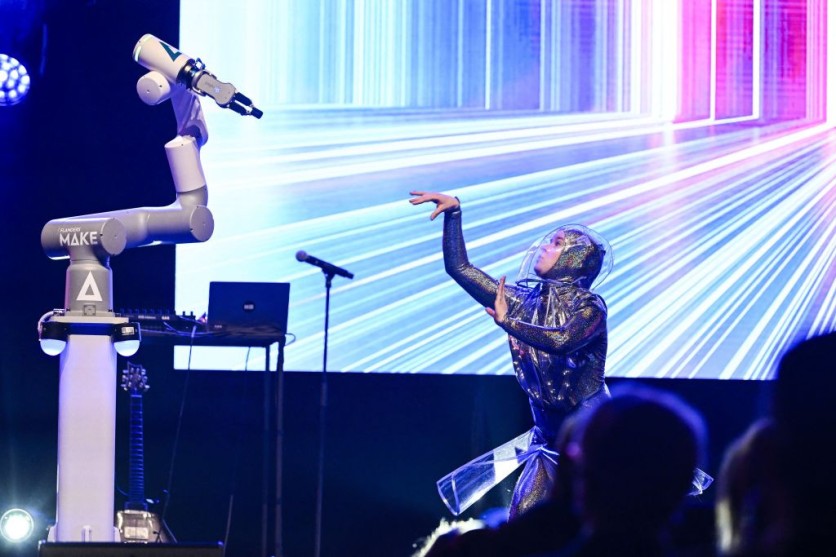Engineers at the University of California San Diego have taught a humanoid robot to perform expressive movements such as dancing, waving, high-fiving, and hugging.
These new abilities allow the robot to maintain a steady gait across different terrains, aiming to improve human-robot interactions in various environments.

Expressive and Human-Like Robots
The main goal of these expressive and human-like body motions is to build trust and demonstrate the potential for robots to live and work harmoniously with humans.
Xiaolong Wang, a professor in the Department of Electrical and Computer Engineering at UC San Diego Jacobs School of Engineering, emphasized the need to reshape public perceptions of robots, presenting them as friendly and collaborative rather than intimidating.
This humanoid robot apart was trained on a diverse array of human body motions, enabling it to generalize and mimic new movements with ease.
The training involved using an expansive collection of motion capture data and dance videos. By training the upper and lower body separately, the robot's upper body can replicate various reference motions like dancing and high-fiving, while its legs focus on maintaining balance and traversing various terrains.
Wang highlighted that the main objective is to demonstrate the robot's ability to perform various tasks while walking without falling.
Though the robot's upper and lower bodies were trained separately, they are controlled by a unified system that ensures smooth coordination. This system allows the robot to perform intricate upper body gestures while maintaining stable movement on various surfaces.
Before implementing these movements in a physical robot, the team first conducted simulations using a virtual humanoid model. This approach allowed the robot to successfully demonstrate both learned and new movements in real-world environments.
Now, a human operator controls the robot's actions through a game controller, guiding its speed, direction, and specific movements. The team hopes to develop a future version with an integrated camera, enabling the robot to conduct tasks and navigate terrains independently.
Read Also : Fudan University Unveils Revolutionary Emotional Humanoid Robot 'Guanghua No. 1' at AI Conference
Multiple Applications
The researchers also envision multiple applications for their work. In industrial settings, these robots could work alongside human employees, handling tasks that require precision and agility. In healthcare, they could aid in patient care, providing both physical assistance and emotional support through their expressive gestures. In domestic environments, these robots could help with household chores and offer companionship to residents.
The team's current focus is on enhancing the robot's design to manage more complex and detailed tasks. By improving the capabilities of the upper body, the range of motions and gestures the robot can perform will be significantly broadened, as Wang noted.
The research team will showcase their work at the 2024 Robotics: Science and Systems Conference.
Related Article : Tesla Optimus: Elon Musk Claims Massive Operations Coming Next Year, 1,000 Robots to Work on Factories Soon

ⓒ 2026 TECHTIMES.com All rights reserved. Do not reproduce without permission.




